Across the world, clothing speaks louder than fabric and stitches, It tells a story. It weaves history, values, and a sense of belonging into every thread. In the age of globalization, where cultures blend and borders blur, traditional attire has become a powerful symbol that draws outsiders closer, inviting them to experience something deeper than tourism: It’s the identity.
While many may view clothing as a basic necessity for warmth and modesty, in truth, garments often serve as quiet declarations of who we are. They carry traces of ancestry, social values, and communal pride. They say, this is where I come from, this is what I stand for.
Morocco’s rich textile heritage is a living example of this philosophy. From the majestic, snow-kissed summits of the Atlas Mountains to the golden, soul-stirring sands of the Sahara Desert, traditional Moroccan garments reveal regional nuances, spiritual beliefs, and age-old artistry. Among these garments, the Moroccan men’s djellaba stands out, a dignified robe that bridges the past with the present, worn with quiet pride by both villagers and city dwellers alike.
Although both men and women wear djellabas, each style is tailored to reflect the unique cultural expressions of gender, occasion, and region. This article focuses specifically on the Moroccan men’s djellaba, its roots, symbolism, craftsmanship, and the evolving ways it’s worn today.
You’ll discover not only how this iconic garment came to be but why it continues to hold deep meaning in the hearts of Moroccans and admirers around the world.
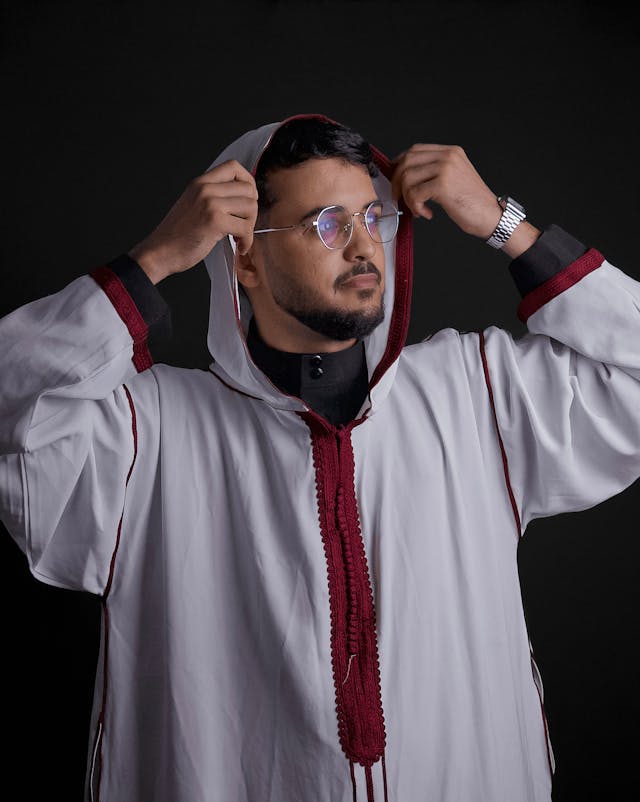
The Origins and History of the Moroccan Men’s Djellaba
A Journey Through Time and Culture
The Moroccan men’s djellaba is more than a traditional robe — it’s a product of centuries of cultural fusion and adaptation. Its story begins in the mountains and deserts of North Africa, where early Amazigh (Berber) communities crafted loose-fitting garments suited to harsh climates and nomadic life. These early designs prioritized comfort, modesty, and protection, laying the groundwork for what would become an iconic piece of Moroccan clothing.
With the arrival of Arab influences in the 7th and 8th centuries, the djellaba’s form began to evolve. Arab traditions, steeped in Islamic principles of modesty, blended with local Amazigh attire, giving rise to a garment that was both functional and culturally expressive. The result was a long, hooded robe — practical in design yet deeply symbolic in meaning.
Andalusian Elegance and Islamic Aesthetics
Another major turning point in the djellaba’s evolution came with the influx of Andalusian Muslims and Jews into Morocco during the fall of Islamic Spain. These communities brought with them refined textile techniques, sophisticated tailoring, and ornamental embroidery that shaped Moroccan fashion for generations. The distinctive pointed hood (qob) and decorative seams that characterize today’s djellaba can be traced back to this cross-cultural exchange.
As Moroccan dynasties rose and fell, the djellaba remained constant — adapting slightly in cut and fabric depending on the era or region, but always maintaining its dignified silhouette and cultural purpose. It was worn by sultans and scholars, tradesmen and farmers alike — a unifying garment that reflected both social status and shared heritage.
A Living Link to the Past
Today, the Moroccan men’s djellaba continues to connect the present to a rich and diverse past. Whether passed down through generations or purchased freshly woven in a bustling souk, each djellaba carries the echoes of centuries — of nomadic tribes, Islamic tradition, Andalusian refinement, and Moroccan resilience.
Symbolism and Cultural Significance
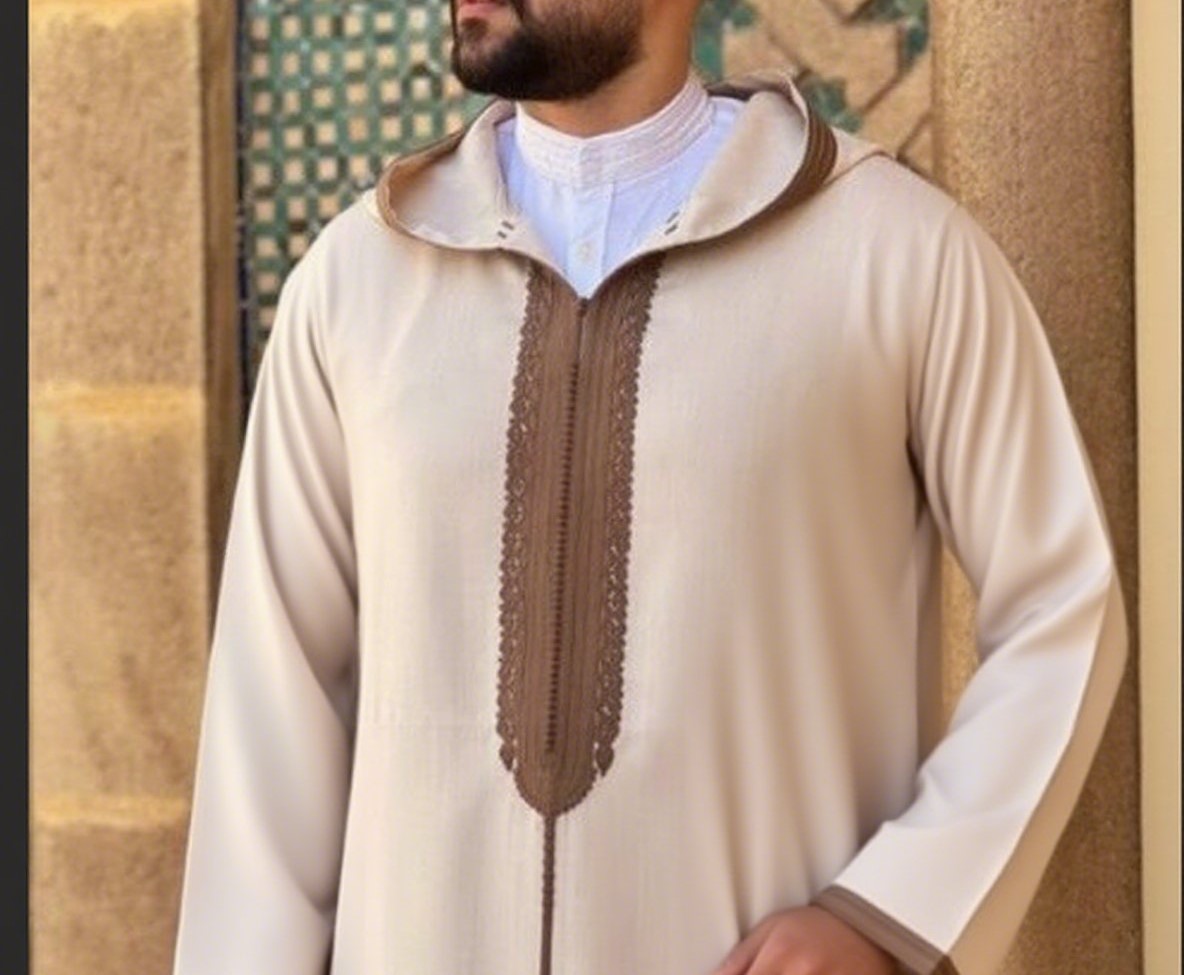
More Than a Garment; A Reflection of Identity
In Morocco, wearing a djellaba isn’t merely a fashion choice — it’s an expression of self. The Moroccan men’s djellaba carries layers of meaning that go far beyond its threads. For many, it represents a connection to heritage, a visible marker of identity, and a quiet statement of belonging to a centuries-old cultural tradition.
The djellaba is especially prominent during moments of spiritual and communal significance. Worn with pride during Eid al-Fitr, Eid al-Adha, weddings, and Friday prayers, it symbolizes purity, respect, and readiness to honor sacred occasions. In such contexts, men often choose pristine white or soft earth-toned djellabas — colors associated with spirituality and humility.
The Djellaba in Public Life and Brotherhood
This garment also plays a subtle yet powerful role in public life. In cities and rural towns alike, it is not uncommon to see elders, scholars, and community leaders donning djellabas as they walk through souks or attend local gatherings. Its presence communicates wisdom, respect, and continuity — silently bridging generations.
What’s more, the djellaba is a symbol of unity. Despite regional differences in color, fabric, or cut, the core design remains recognizable across Morocco, allowing Moroccans from diverse backgrounds to share a common visual language. It’s this unifying quality that makes the djellaba not only traditional attire but a national symbol.
Wisdom from the Elders
Many elders view the djellaba as a garment of honor, something passed down from father to son, worn during life’s most meaningful milestones. In Moroccan oral tradition, the djellaba is often associated with manhood, responsibility, and a deep respect for one’s roots.
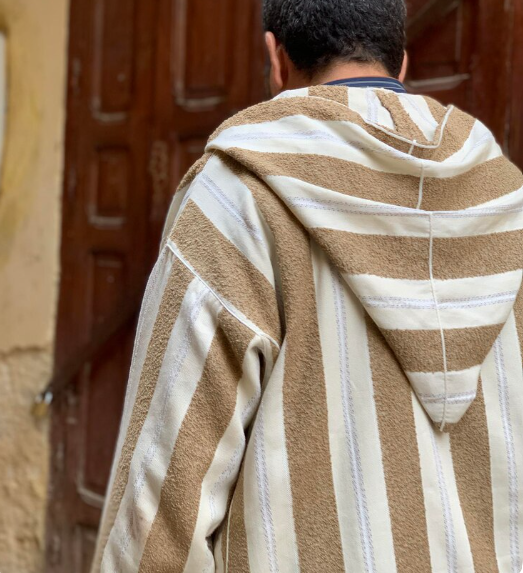
Craftsmanship and Materials Used
Ancestral Art in Every Stitch
At the heart of every Moroccan men’s djellaba lies the hands of skilled artisans whose craft has been honed over generations. This isn’t fast fashion, it’s a tradition of slow, intentional creation. Each djellaba, especially those made by hand, reflects not only style but a rich legacy of Moroccan textile artistry.
Historically, djellabas were made entirely by hand, from spinning the thread to dyeing the fabric, stitching the seams, and embroidering the neckline. In many villages, families still follow these time-honored processes, using looms passed down for centuries. The meticulous attention to detail gives each garment a character and authenticity that mass production simply cannot replicate.
Choosing the Right Fabric – Function Meets Culture
The choice of material is deeply rooted in season and occasion:
- Wool djellabas: Traditionally worn during the colder months, especially in mountainous regions like the Middle Atlas. They are made from thick sheep’s wool, sometimes undyed, offering natural earthy tones.
- Cotton and linen djellabas: Lightweight and breathable, ideal for summer or daily wear in cities like Marrakech or Rabat.
- Silk-blend djellabas: Often reserved for formal events or high-end fashion pieces. These are more decorative and less commonly worn for everyday use.
Each fabric tells its own story of climate, utility, and occasion. Woolen djellabas whisper of winter prayer nights, while crisp cotton ones evoke sunlit streets during Ramadan afternoons.
Regional Variations and Signature Styles
The djellaba’s design subtly shifts from region to region, showcasing Morocco’s vast cultural diversity:
- Fez: Known for precise, fine embroidery and premium wool. Often seen as the gold standard in traditional craftsmanship.
- Marrakech: Embraces lighter fabrics and modern tailoring while preserving traditional cuts.
- Chefchaouen and Rif regions: Feature bold colors and decorative elements, often reflecting Amazigh influence.
Despite these differences, one element remains universal: the iconic pointed hood (qob), not only a distinctive design feature but also functional, providing shade from the sun or protection from wind and dust.
Style tip: Look closely at the seams and neckline, hand-stitched djellabas feature thick, visible threadwork that’s uniquely Moroccan.
Modern Use and Styling the Djellaba Today
From Sacred Spaces to Streetwear
While the Moroccan men’s djellaba has deep historical and religious roots, it continues to evolve with time, remaining relevant, stylish, and proudly worn across generations. Today, you’ll find it just as often in urban cafés as in mosques, signaling its transformation from strictly traditional attire to a flexible, everyday fashion statement.
Younger Moroccan men are reinterpreting the djellaba to suit modern tastes. Slimmer cuts, neutral tones, and minimalist embroidery have become increasingly popular, especially in cities like Casablanca and Rabat. These updated designs maintain the garment’s identity while allowing it to flow seamlessly into contemporary wardrobes.
Fashion-forward Moroccans often pair their djellabas with leather loafers, designer sunglasses, or even sneakers, proving that tradition and trend can co-exist beautifully.
Global Fashion and Cultural Influence
The international fashion world has also taken notice. Moroccan-inspired robes and kaftans have graced runways from Milan to Tokyo, often incorporating elements of the djellaba’s signature hood, silhouette, or embroidery. Some global designers now collaborate with Moroccan artisans to create ethically made pieces, blending couture with cultural preservation.
This growing interest reflects a larger trend: consumers are increasingly seeking clothing with meaning, craftsmanship, and a story, and the Moroccan men’s djellaba delivers all three.
Style Tips for Tourists:
- Choose lightweight cotton djellabas for summer travel in Morocco.
- Pair with simple leather sandals or balgha (traditional Moroccan slippers).
- Avoid overly ornate designs if worn casually — simplicity shows respect and elegance.
Where to Buy Authentic Moroccan Men’s Djellabas
For those seeking a genuine Moroccan men’s djellaba, there’s no substitute for sourcing it directly from the skilled artisans and traditional marketplaces of Morocco. These spaces are not just places of commerce, they’re living museums of culture and craftsmanship, where centuries-old techniques are still practiced today.
Best Places to Find Authentic Djellabas in Morocco
- Fez Medina: Known as Morocco’s cultural and spiritual capital, Fez is home to some of the finest traditional clothing artisans in the country. In its winding medina, you’ll find wool djellabas handwoven with incredible precision, often featuring detailed embroidery around the neckline and hood.
- Souk Semmarine, Marrakech: A bustling marketplace filled with both classic and contemporary takes on the djellaba. Here, you can interact directly with sellers and tailors, and even request custom-made pieces.
- Chefchaouen and Tetouan Markets: In northern Morocco, local souks in these blue-painted towns often reflect Amazigh (Berber) influences in their patterns and color choices. Djellabas here are lighter and sometimes more decorative.
- Rural Cooperatives in the High Atlas Mountains: Many small villages in the Middle and High Atlas regions produce handwoven wool djellabas, made by families who’ve passed the craft down through generations. Purchasing from these cooperatives helps sustain local economies and preserve traditional skills.
How to Identify a Quality Djellaba
When browsing or purchasing a djellaba, here are some helpful details to consider:
- Material: High-quality djellabas are made from natural fibers like sheep’s wool (for warmth) or cotton and linen (for lighter wear). Synthetic fabrics are common in tourist areas but lack breathability and durability.
- Stitching: Authentic djellabas feature visible, neat stitching, particularly around the chest, hood (qob), and sleeves. Hand-sewn pieces may have slight imperfections, which speak to their handmade origin.
- Feel and Weight: A wool djellaba should feel substantial without being stiff. The fabric should drape naturally and offer warmth without excessive heaviness.
- Embroidery and Design: Look for classic Moroccan motifs, such as geometric patterns or subtle embroidery. Excessive ornamentation may indicate a decorative tourist version rather than one made for everyday or ceremonial use.
Supporting Moroccan Artisans
Purchasing a djellaba directly from Moroccan artisans is more than just shopping, it’s a way to connect with and support living cultural heritage. Many local tailors rely on seasonal markets and word-of-mouth business, so buying from them helps keep their traditions alive in a modern
Can’t Morocco? Order Online from Trusted Sources
If you’re not currently in Morocco, you can still own a genuine piece of this cultural legacy. Several small Moroccan shops now offer online ordering with worldwide shipping. One such option is our store Morocco Shop, where you’ll find authentic, artisan-made djellabas crafted with traditional techniques. International delivery is available for those who want to experience Moroccan craftsmanship no matter where they are.
How much should a djellaba cost?
The price of a Moroccan men’s djellaba can vary significantly based on the materials used, whether it’s handmade or machine-produced, and where it’s purchased.
- Basic machine-made cotton djellabas: $25–$50
- Handcrafted wool djellabas from artisan markets: $80–$250+
- Luxury or ceremonial djellabas (with silk or intricate embroidery): $200–$500+
Handmade garments tend to be more expensive due to the time and craftsmanship involved, but they offer far superior quality and cultural value.
How To wear A moroccan djellaba for men ?
The price of a Moroccan men’s djellaba can vary significantly based on the materials used, whether it’s handmade or machine-produced, and where it’s purchased.
- Basic machine-made cotton djellabas: $25–$50
- Handcrafted wool djellabas from artisan markets: $80–$250+
- Luxury or ceremonial djellabas (with silk or intricate embroidery): $200–$500+
Handmade garments tend to be more expensive due to the time and craftsmanship involved, but they offer far superior quality and cultural value.
why do moroccANs wear djellba?
Moroccans wear the djellaba for many reasons:
- Cultural tradition: It represents heritage and identity
- Religious practice: Commonly worn during prayers and Islamic holidays
- Climate adaptability: Wool djellabas for cold weather; cotton for heat
- Community and occasion: Symbol of unity during festivals, weddings, and national events
For many, the djellaba is not just clothing but a part of life’s most meaningful moments — from childhood to old age.
why do moroccANs wear djellba?
Yes, foreigners can absolutely wear djellabas — and many do so with appreciation during their travels or at cultural events. If worn respectfully, the djellaba can be a beautiful way to engage with Moroccan traditions. Choosing a classic, understated design shows cultural awareness and avoids appearing performative or costume-like.
what is the difference between djellaba and thabe?
While both are long garments worn by men in Muslim-majority cultures, they differ in origin, design, and cultural context:
- Djellaba (Morocco): Features a pointed hood, wide sleeves, and often comes in wool or cotton. It reflects Amazigh, Arab, and Andalusian influences.
- Thobe (Gulf countries): A collarless or collared robe with no hood, often made from lightweight white cotton. Popular in Saudi Arabia, the UAE, and other parts of the Middle East.
Though both serve modesty and tradition, they represent distinct regional identities.
Whether you’re curious about styles, fabrics, or where to find an authentic piece, our team is here to help you.
Feel free to contact us for any information or guidance about Moroccan men’s djellabas.
Are you planning a trip to Morocco soon? Check out our Morocco Tour Packages below and let us know which one best meet your demands! However, if you would like to create your own itinerary based on your preferences and interests, feel free to contact us and we’ll gladly help you get the best trip itinerary tailored to your requests.
- 9 days tour from Casablanca to Marrakech
- 7 days tour from Casablanca to Marrakech
- 8 days tour from Casablanca to the imperial city
- 15 days tour from Casablanca to Marrakech
- 10 days tour of Morocco from Tangier
- 8 days Morocco Tour from Tangier
- 6 days tour from Tangier to Marrakech
- 3 days desert tour from Fes to Marrakech
- 10 days Morocco itinerary from Fes

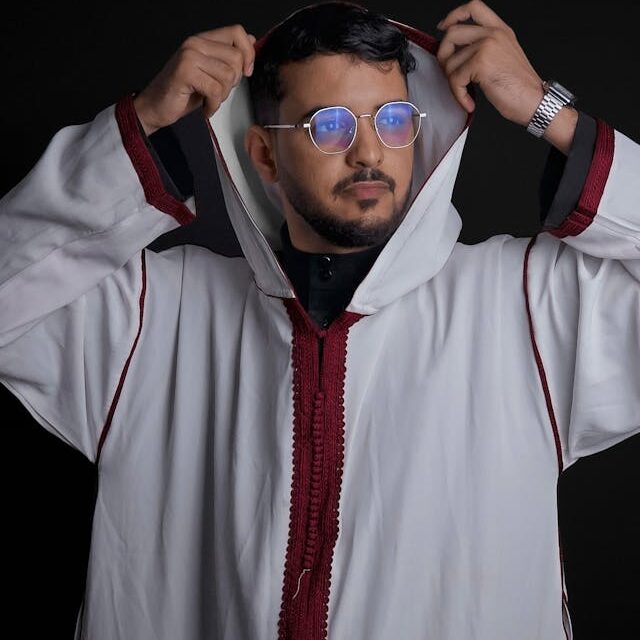
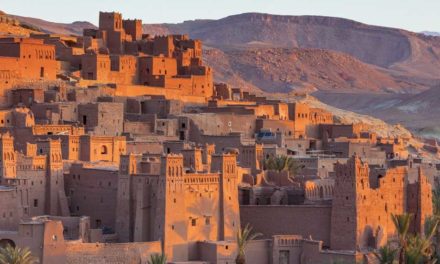
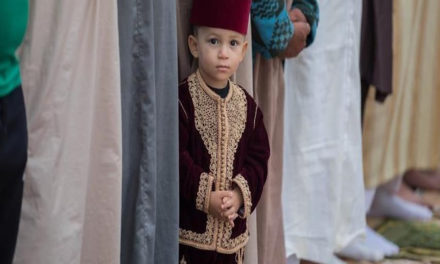
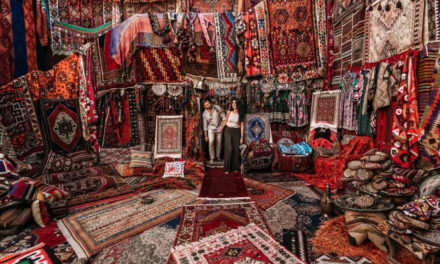
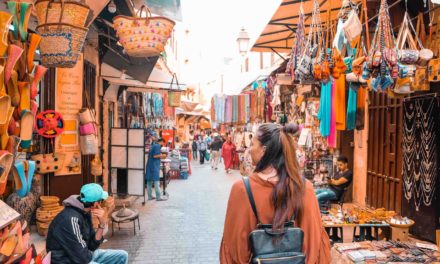

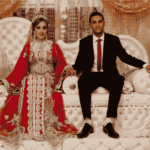
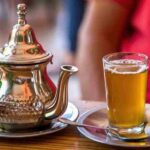
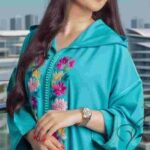
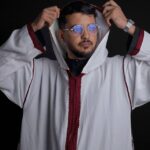
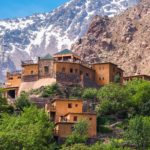
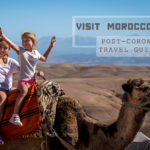
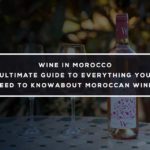
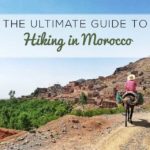
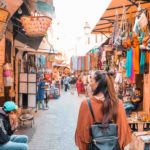
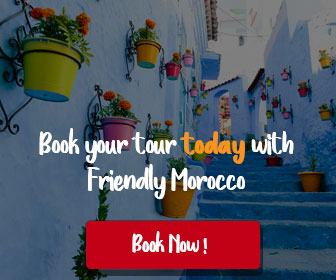
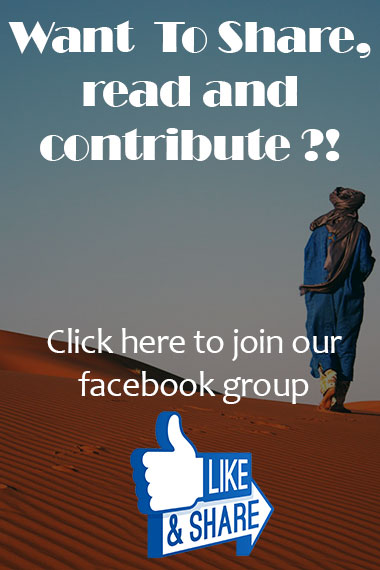
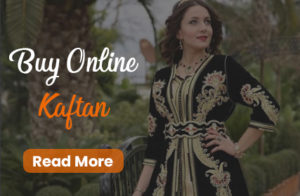
Recent Comments